| / | R |

| Feature | Metric | Inches |
|---|---|---|
| Tire Height | ||
| Section Width | ||
| Circumference | ||
| Sidewall Height | ||
| Revolutions | ||
| Rim Size |
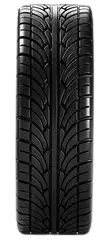
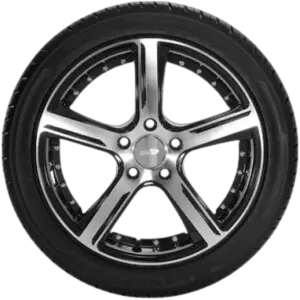


275/50R20 in inches
Tire size specifications, like 275/50R20, provide vital information about a tire’s dimensions and capabilities. The tire size 275/50R20 is equivalent to 30.8×10.8R20 in inches.
Overall Diameter
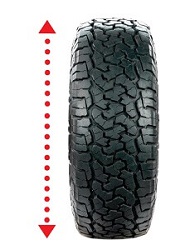 The 275/50R20 tire size is characterized by an overall diameter of 30.8 inches, measured from one edge to the other. This measurement reflects the tire’s complete height when filled to the recommended pressure.
The 275/50R20 tire size is characterized by an overall diameter of 30.8 inches, measured from one edge to the other. This measurement reflects the tire’s complete height when filled to the recommended pressure.
Tread Width
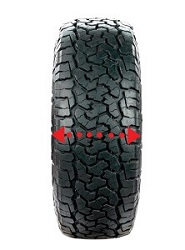 The 275/50R20 tire has a tread or section width of 10.8 inches. This dimension represents the distance between one sidewall to the other, signifying the contact area with the road surface.
The 275/50R20 tire has a tread or section width of 10.8 inches. This dimension represents the distance between one sidewall to the other, signifying the contact area with the road surface.
Tire Circumference
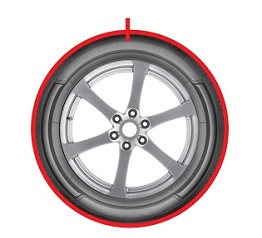 The 275/50R20 tire has a circumference of 96.8 inches, representing the linear distance traveled in a single revolution. This measurement is crucial for determining speed, distance, and revolutions per minute (RPM).
The 275/50R20 tire has a circumference of 96.8 inches, representing the linear distance traveled in a single revolution. This measurement is crucial for determining speed, distance, and revolutions per minute (RPM).
Sidewall Height
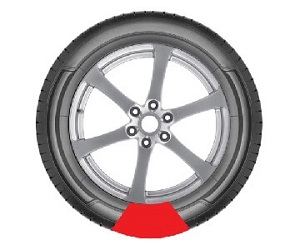 The 275/50R20 tires feature a sidewall height of 5.4 inches. This measurement represents the vertical distance from the outer edge of the rim to the outer edge of the tire’s tread.
The 275/50R20 tires feature a sidewall height of 5.4 inches. This measurement represents the vertical distance from the outer edge of the rim to the outer edge of the tire’s tread.
It plays a crucial role in defining the tire’s profile, impacting both ride comfort and handling attributes.
Revolutions Per Mile
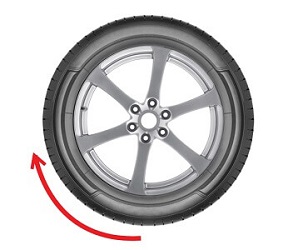 The 275/50R20 tire size completes around 654.2 revolutions per mile. This metric signifies the full rotations the tire makes while covering one mile.
The 275/50R20 tire size completes around 654.2 revolutions per mile. This metric signifies the full rotations the tire makes while covering one mile.
It’s important to grasp this value, as it plays a significant role in odometer readings, speed calculations, and aspects of fuel efficiency.
Wheel Size
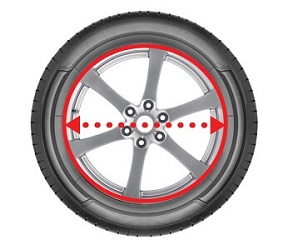 The appropriate rim size for 275/50R20 tires is 20 inches in diameter. This detail becomes crucial when contemplating wheel replacement or upgrade, as it guarantees proper fitting of the tire onto the rim.
The appropriate rim size for 275/50R20 tires is 20 inches in diameter. This detail becomes crucial when contemplating wheel replacement or upgrade, as it guarantees proper fitting of the tire onto the rim.
Construction Type
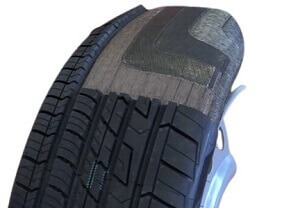
Finally, the 275/50R20 tires utilize a radial construction. In radial tire design, the internal layers or “plies” are oriented perpendicular to the direction of travel.
This configuration enhances heat dissipation and elevates overall performance, surpassing alternative construction methods.

